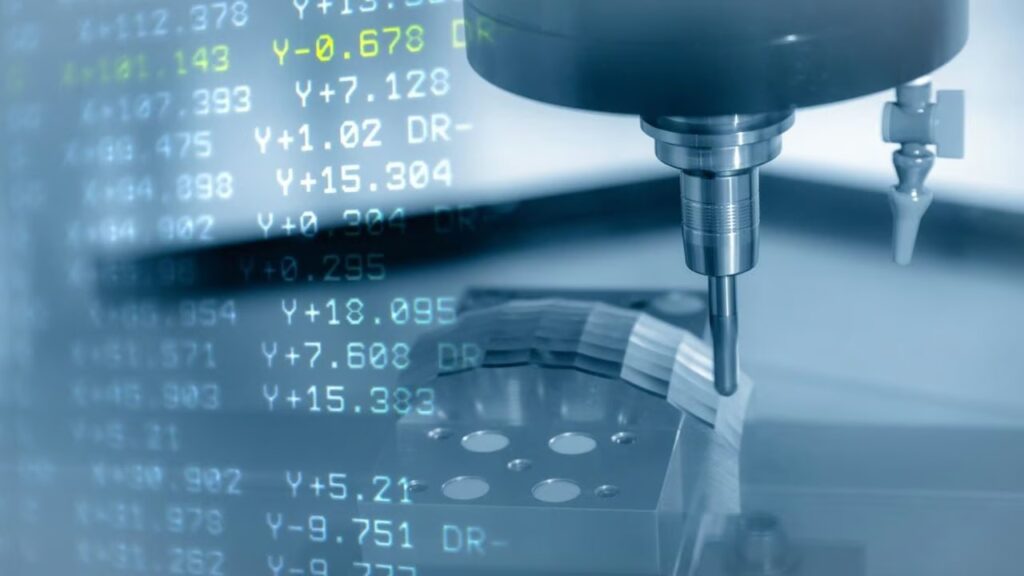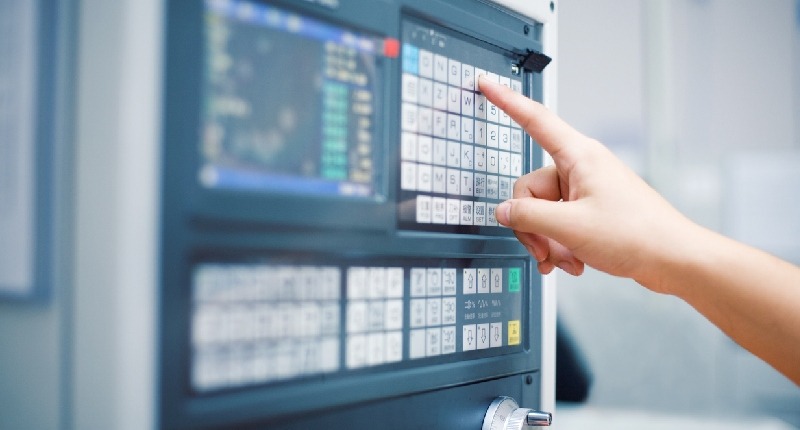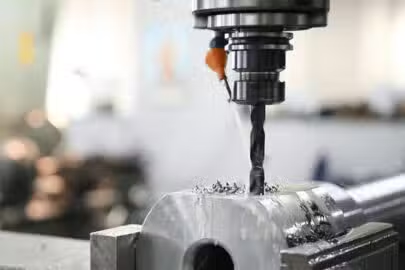While machine precision and efficiency are essential to all CNC operations, G and M codes play vital roles in achieving these standards. G code controls tool movements, while M code manages auxiliary functions. Together, these programs automate machining processes, ensuring accuracy and productivity.

This article delves into the differences between G and M codes, highlighting their features, roles, and importance in CNC systems. Operators and machinists must understand these distinctions to leverage CNC technology for optimal performance.
What is G Code?
G code is also known as Geometric code because G refers to geometry. It is a programming language that defines the paths and operation of machine cutters, whether engaged in general cutting, drilling, or milling.
The concept of G codes originates from numerical control systems in the 1950s. However, it has become a universal standard for CNC machines, dictating the tool’s movement relating to tool direction, speed, and positioning.
There are different codes, often with specific numbers accompanying the letter G. Typical examples include the following.
- G00 – instructs rapid movement to a specific XY plane
- G01 – specifies linear movement at a defined feed rate
- G02 – move in clockwise circular interpolation
- G17 – select XY plane, etc.
As mentioned, G Code’s primary function is to guide the machine tool along predetermined paths, enabling high precision and repeatability. It includes critical machining parameters, such as the feed rates, machining coordinates (X, Y, Z, etc.), and spindle speeds.
Therefore, the G codes are important for the proper running of CNC machines, as they determine their actions and the results obtained. In fact, without these programs, CNC devices won’t be able to carry out complex designs, making them an integral aspect of modern machining practices.
What is M Code?
M code refers to Miscellaneous code, which could also refer to machine functions. It is another programming language vital to the proper functioning of CNC machines. While G Code handles the tool’s movement and path control, M code focuses on machine-specific commands and auxiliary functions.
These instructions enable actions like turning the spindle on or off, changing tools, or controlling coolant flow. Like the G code, the M code follows a similar pattern: M followed by numerical figures. Typical examples include the following:
- M00 – program stop
- M03 – starts the spindle in a clockwise direction
- M05 – stop spindle
- M06 – tool change
- M30: end program and reset machine, etc.
Unlike G codes, M codes are vital for non-cutting operations, ensuring the machine runs efficiently and safely. Consequently, the name is miscellaneous. However, they are vital to the device’s independent running, enabling it to achieve the present design and intended fabrication.
Again, unlike G codes, M codes are not standardized across all CNC machines, meaning their specific commands may vary depending on the manufacturer or model. Despite this variability, M code complements G code by managing the machine’s operational aspects beyond tool movement.
Therefore, CNC programming creates a seamless workflow by combining G code for toolpath control and M code for machine functions. Together, they automate intricate manufacturing processes to improve precision and enhance productivity, making M code a critical component of CNC machining.
G Code vs M Code: Differences in CNC Manufacturing
G and M codes are essential for CNC programming but differ in their roles and functionality. Below are several key factors that distinguish them.
Purpose
G code primarily controls the movement and positioning of the CNC machine tool. It handles cutting, drilling, and milling operations by defining toolpaths, feed rates, and speeds.
On the other hand, M code manages machine functions such as starting or stopping the spindle, tool changes or activating coolants. While G code ensures precision in machining, M code enables seamless machine operation. Therefore, both programming languages are important for successful machining operations.
Instruction Type
As mentioned, G code provides geometric instructions that dictate the tool’s trajectory and operational speed. In contrast, M code issues auxiliary instructions that involve machine setup and support actions. Therefore, G code confers machine movement-oriented commands, while M code issues operational commands.
Standardization
G code commands are more standardized across the CNC industry, meaning the exact instructions often work similarly on different machines. Alternatively, M code commands are less uniform and may vary significantly depending on the machine’s manufacturer or device model. This variability makes M code more dependent on machine-specific configurations, limiting its interchangeability.
Role in Workflow
G code is essential for executing the primary machining processes. It defines how and where the tool moves, directly influencing the workpiece’s final shape and dimensions. In contrast, M code is secondary but equally important, ensuring machine readiness and supporting operations like spindle activation and coolant flow. It acts as the framework that supports G code-driven machining.
Impact on Precision
Since G code controls toolpaths and movement, directly affects machining precision and accuracy. Therefore, a poorly written G code could result in dimensional errors or defects in the finished part. Conversely, M code indirectly supports precision by managing auxiliary functions. For example, proper coolant flow (M08) can prevent overheating and ensure dimensional stability.
Complexity
G codes are generally more complex because they require detailed instructions for every movement, including coordinates, feed rates, and tool orientations. In contrast, M code is usually simpler, only triggering specific machine functions without requiring intricate geometric calculations. However, its machine-specific nature can complicate programming for operators unfamiliar with a particular system.
Flexibility
Since G code is standardized; it offers more versatility, allowing for easier integration and modification across various machines and industries. On the other hand, the M code’s variability makes it less flexible. It often requires CNC machine shops to familiarize themselves with the specific adjustments to match particular machine setups, which can increase programming time.
Contrast Table
The table below summarizes all we have discussed thus far: the differences between G code vs M Code. Let’s get right into it.
| Criteria | G Code | M Code |
| Purpose | Controls tool movements and machining operations | Manages auxiliary and machine-specific functions |
| Instruction Type | Geometric commands for toolpaths and speeds. | Miscellaneous commands for machine setup |
| Standardization | More standardized across machines and industries. | Varies significantly between manufacturers |
| Role in Workflow | Primary role in defining machining processes. | Secondary role in supporting machine operations. |
| Impact on Precision | Directly affects machining accuracy and tool control. | Indirectly supports precision through auxiliary actions. |
| Complexity | It is more complex due to detailed geometric calculations | Simpler commands vary by machine |
| Frequency of Use | Used more frequently throughout the CNC program | Used intermittently for setup or support tasks |
| Flexibility | Highly versatile and widely applicable. | Less flexible due to machine-specific configurations. |
Conclusion
G and M codes are essential machine languages for a successful CNC operation. While each code serves distinct roles and functionalities, they are complementary. G code excels in precision and machining control, while M code ensures smooth auxiliary operations that may also influence precision and control.
Therefore, it is vital for machinists to understand their differences. Understanding their differences allows for efficient programming and operation of CNC machines, maximizing productivity and accuracy. By effectively leveraging both codes, manufacturers can achieve seamless automation, reduced errors, and superior results in CNC machining.
Great, Together



